Ben Valsler
This week’s compound was requested by Matt Hartle, who tweeted @ChemistryWorld to say:
@ChemistryWorld could you do a podcast on porphyin, heme, or pthalocyanine?
— Matthew Hartle (@MattHartleChem) January 28, 2016
Brian Clegg took up the request and looked at the colourful family of compounds, the porphyrins…
Brian Clegg
There’s a popular myth that blood gets its red colour from the iron in haemoglobin, but the truth is far more interesting – it is the shape of the heme pigment that gives that distinctive redness, and heme is just one of a family of organic compounds called porphyrins.
Slightly embarrassingly, given that signature red colour, the word porphyrin has its origin in the Greek word for purple, porphyra. Porphyrin is a contraction of the original haematoporphyrin, but as the range of these compounds includes both red and purple colourations, the name’s German originator, Felix Hoppe-Seyler, can be forgiven. The common factor between these aromatic organic compounds is a set of four five-sided rings, each with four carbons and one nitrogen, each connected to the next by a carbon bridge with a single hydrogen.
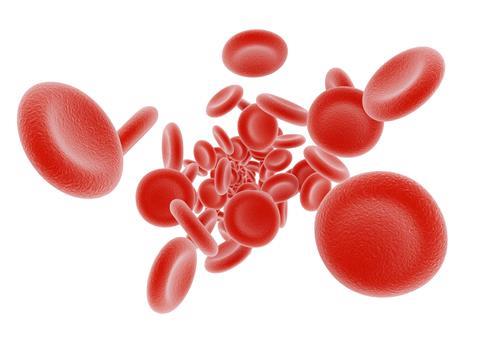
Porphyrin is very similar in structure to chlorin, which is at the heart of the photosynthetic pigment chlorophyll, differing only in the bonds between carbon atoms in one of its four rings, and hence having two more hydrogen atoms in the ring. And the structure turns up not only in haemoglobin but also in a substance often confused with blood, the red fluid called myoglobin found in muscles. This is the substance that leaks from a joint of meat, a protein with only a single heme group to haemoglobin’s four.
The reason porphyrins and their near relations are so common as biological carriers is that they are nature’s dreamcatchers – or, rather, atom catchers – with the added benefit that unlike the dreamcatchers sold in gift shops, porphyrins really work. Pointing into the central gap between the rings are four nitrogen spikes. These are superb at binding onto metals, forming so-called complexes with great flexibility, whether it’s the iron in heme or the magnesium in chlorophyll. Porphyrins are adept at this capture process and will form complexes with any metal from lithium through to lead. That’s just putting the trap in the atom catcher, though. The iron in the heme can catch oxygen to transport it to where it’s needed in a living organism – or carbon dioxide to remove it.
The porphyrins’ chemical abilities are far too versatile to limit them to carrying oxygen in aerobic life, though. They turn up, for example, in a protein family called cytochrome P450 (the obscure number refers to the wavelength of light the protein absorbs when in a complex with carbon monoxide – 450 nanometers). Almost all living things, and even viruses, make use of these proteins as enzymes to encourage reactions involving electron transfer; in many cases the protein does the job of making hydrophobic molecules water soluble.
Although the biological use of porphyrins is by far the dominant one, it has been considered for a number of different applications. One of the many types of thin film solar cell, the dye-sensitised solar cell, can be constructed using a dye based on porphyrins. This cheap and easy-to-produce form of cell makes use of the way that some dyes emit electrons on exposure to light, in effect mimicking photosynthesis. Such cells are low efficiency and have a tendency to degrade over time, but should the technology be made more robust would be highly cost effective.

The colour aspect of porphyrins also comes across in a remarkable project given the title ‘smell-seeing’. Chemists at the University of Illinois have produced an artificial nose that can detect volatile organic compounds. By using an array of different porphyrin/metal complexes, which change colour when interacting with the compounds, the visual sensor produces a unique colour pattern depending on the compounds that are present in the air. This has the potential to be used in anything from workplace environmental monitoring to medical diagnosis, as illnesses often result in volatile organic compounds in the breath.
Porphyrins also appeal as a building block for experimental synthesis, creating supermolecules from collections of porphyrin structures. The largest to date contained 1,024 porphyrin units, synthesized by Professor Atsuhiro Osuga of Kyoto University, Japan. Although without application at the moment, these structures have the potential to be used to create nanoscale electronic circuits.
When the porphyrin structure has an iron atom fixed at its centre it may have the look of a dreamcatcher – but its role is far more important in its ability to capture and transport oxygen. Porphyrins are compounds that, quite literally, no red-blooded organism can do without.
Ben Valsler
That was Brian Clegg on the porphyrins. Next week, romance is in the air…
Kat Arney
In 2010, one group of intrepid scientists in Liverpool tracked down an intriguing pheromone produced by male mice, which causes females to become wildly attracted to them. Taking a literary twist they named it darcin, in a nod to Jane Austen’s devastatingly sexy hero in her novel Pride and prejudice, Mr Darcy.
Ben Valsler
Get your heart racing with Kat Arney in next week’s podcast. Until then, get in touch with any suggestions for compounds in the usual way: email chemistryworld@rsc.org or tweet @chemistryworld. I’m Ben Valsler, thanks for joining me.
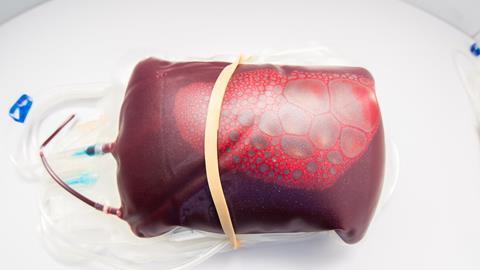





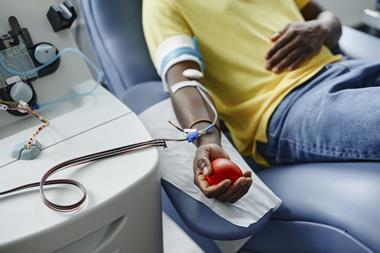


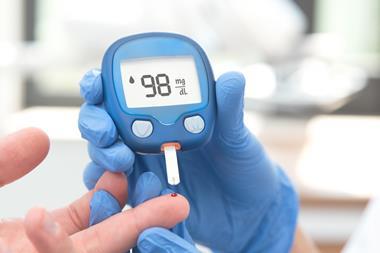
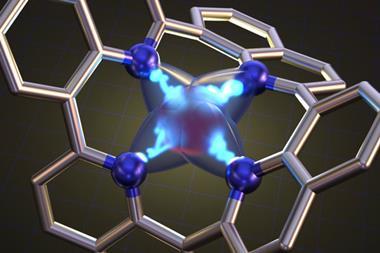
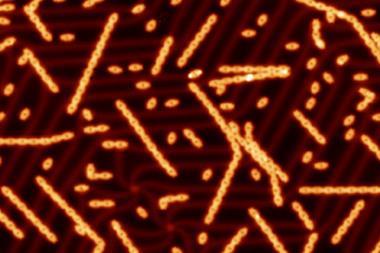

1 Reader's comment